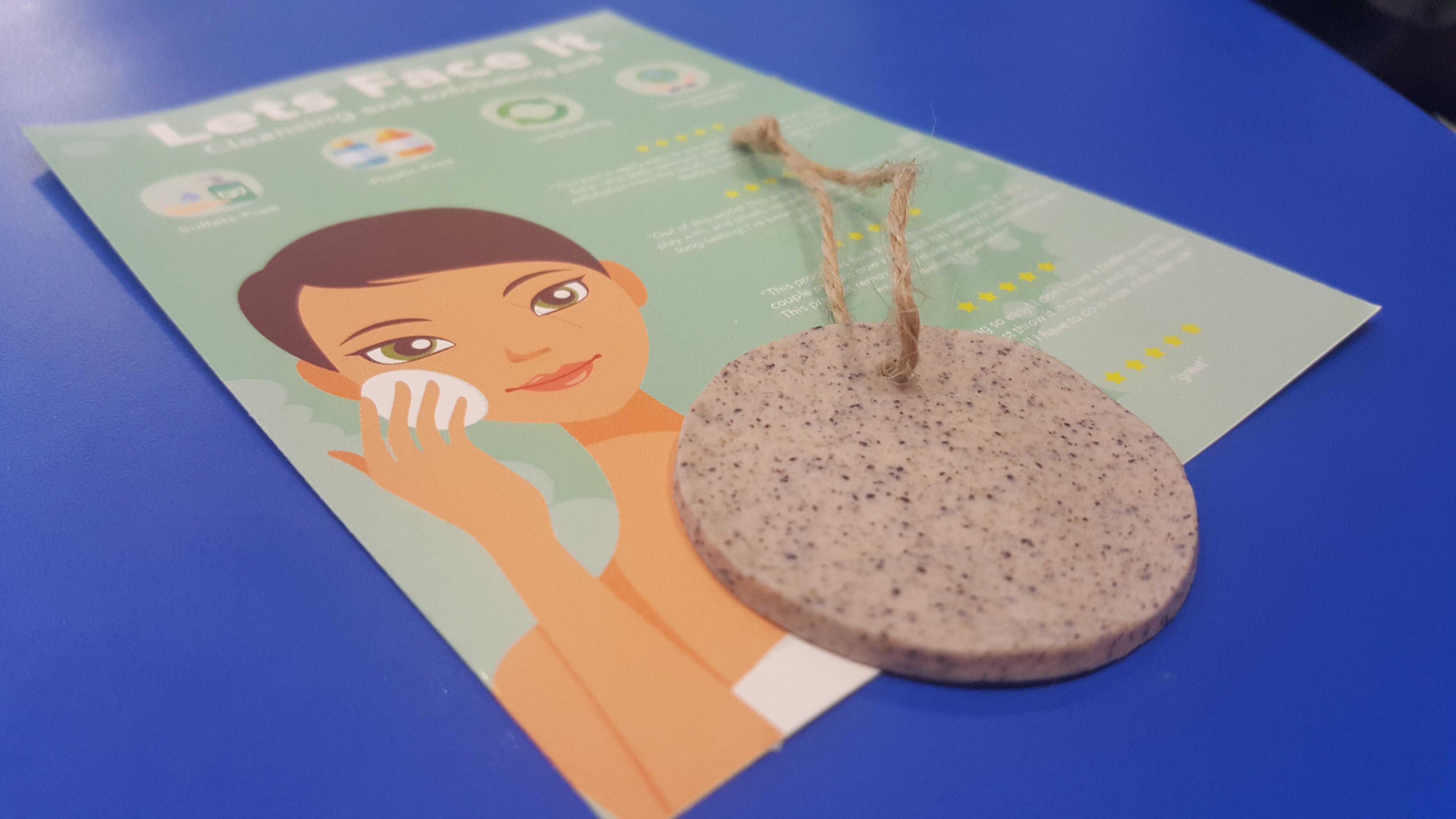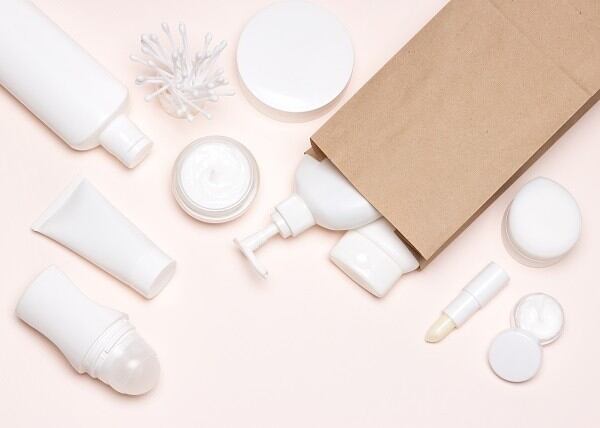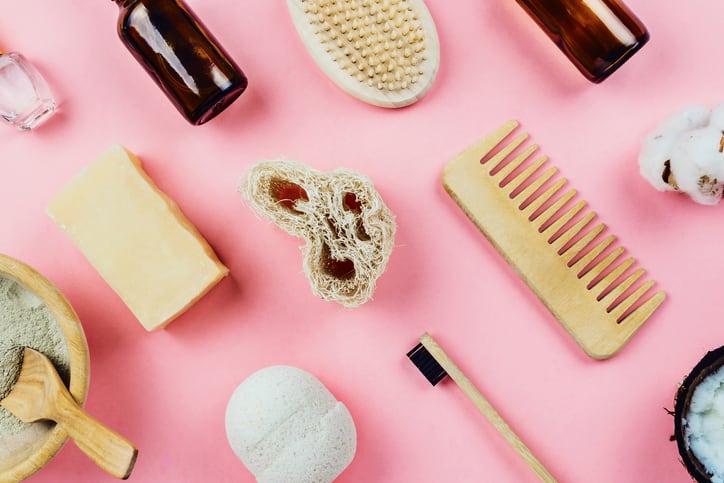Earlier this month, UK speciality chemicals firm Safic-Alcan won the Laura Marshall Memorial Award for Innovation at SCS Formulate in Coventry, UK with its ‘flexible solid’ exfoliating and cleansing pad. The product made using a blend of sulphate-free surfactants and complex dehydration process had been designed as an environmentally-friendly alternative to traditional solids already on the market.
CosmeticsDesign-Europe caught up with the R&D chemist and marketing manager behind the concept to find out more about what this innovation could mean for today’s beauty industry.
Beyond traditional solid beauty formats…
“I really hope it sparks a new way of thinking about solid formulations,” said Julienne Lim, marketing manager for Life Sciences at Safic-Alcan UK.
“You can have different applications, different ways of making solid formulations that is great for the consumer, great for the earth and really looks at sustainability in a whole view,” Lim said.
“…Sustainability is such an important concept to develop and really hone within our industry.”
Manny Tailor, R&D chemist for Life Sciences at Safic-Alcan UK, agreed: “It would be nice to see this concept out on the shop shelf, maybe in two years’ time when someone has managed to perfect the manufacturing process, but also to see other concepts that work around the flexible way or different sorts of solid products.”
‘Flexible solid’ thanks to complex dehydration process
Lim said the invention could best be described as a “flexible solid” – used in the same way as any other solid cleanser but pliable like rubber or leather to enable direct skin cleansing and exfoliating.
There were plenty of sustainable products on the market, she said, especially solid formulations, but many remained bulky, heavy and melted at high temperatures or in water and were therefore difficult to travel with.
Thanks to a complex dehydration process, she said Safic-Alcan’s cleansing pad – about 1.5 inches in diameter and 3mm thick – tackled this and could be dried out and hung up in between use.
Tailor said the team was still working on the critical dehydration step, to make it simpler to upscale. “There might be slight challenges along the way, purely down to the dehydration process. I’m still working on optimising that – trying to reduce the amount of time it does take to dehydrate the pad (…) Obviously, I’ve done it at lab level; it’s going to be quite different to do it at full manufacturing scale.”
Manufacturers interested in the concept, however, would also likely “have a go” at making it scalable, he said.
Future NPD possibilities include colours and actives
Lim added: “Products submitted for the Laura Marshall Award aren’t market-ready products; they’re all concepts. It’s there to initiate or to start a product idea. …This is a form that is not readily available in the market yet, it’s still new. You know, things like creams and serums – you already know they work in these formats – but things like a flexible solid, it’s very novel.”
Tailor said from a formulation point of view, the product was nothing out of the ordinary and all ingredients within the product were widely used by industry, but the process was different. There was also great scope to add in colour or active ingredients, he said.
“We have [an active] in our portfolio which does have rinse-off data, which is very rare in the industry – there aren’t many actives out there that do that. So, that is something I want to incorporate.”




